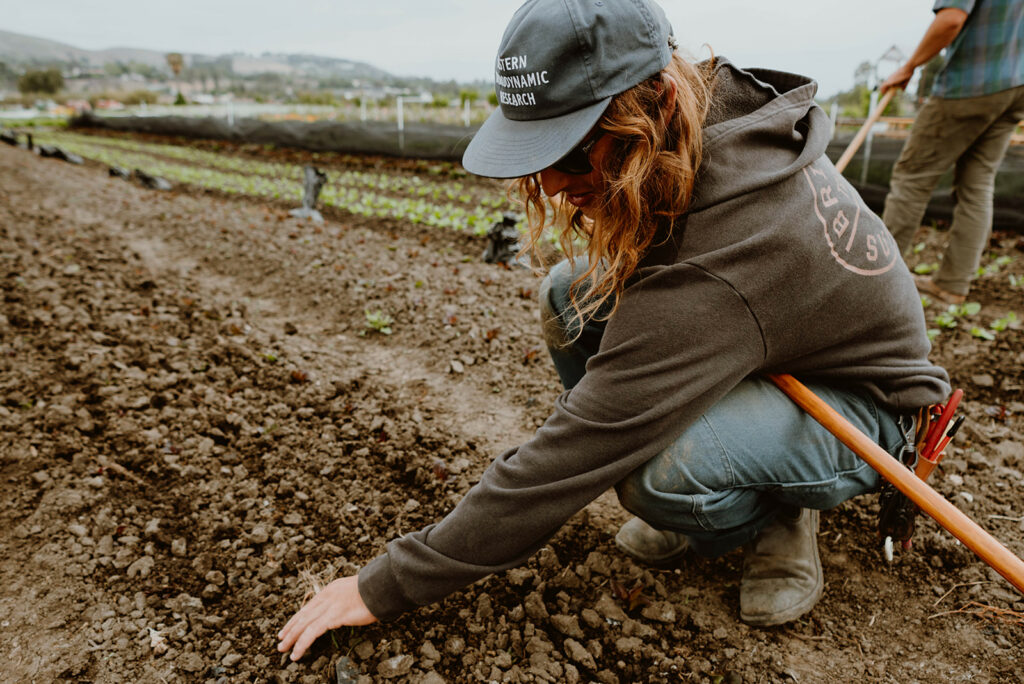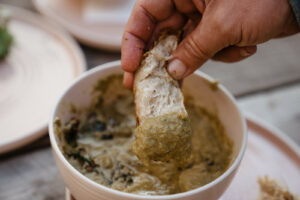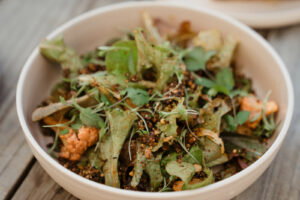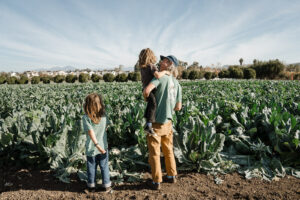What many of us call “waste,” is really just nutrients in disguise. With the help of billions of tiny microorganisms like bacteria and fungi, waste such as food scraps, vegetation and other types of organic matter are decomposed into compost.
This compost is a key ingredient to a good garden and reducing waste. In California, we send 35 million tons of waste to the landfill every year. By composting, we can reduce this number by 30%.
The best materials to compost include vegetable scraps, fruit scraps, coffee grounds, egg shells, newspaper, cheese, tea leaves, lint (refrigerator or dryer), pet or human hair, stale bread, napkins, tissues and paper towels. Stay away from citrus rinds, meat waste, bones, pet feces, glossy paper, invasive weeds – not recommended at least, and ashes (coal or charcoal).
Materials Needed
- Carbon-rich material (brown)
- Nitrogen-rich material (green)
- Garden fork
- Water
- 4-6 Shovels of soil or compost
Instructions
- Construct a bin to contain your compost – 3 cubic meters is ideal.
- Start with volume. This will be easiest to gather during the Spring or Fall when your garden undergoes major pruning, weeding, and replanting.
- Lay down 4-8 inch layers of Carbon-rich materials. These are typically brown – straw, woody plant trimmings, bark, pine needs, sawdust etc. All of which act as a much needed air.
- On top, add an equal layer of Nitrogen-rich materials. These include anything green.
- Continue to layer brown and green materials, alternating between the two. The pile should be at least 3 cubic feet to allow enough heat to build up, but under 5 cubic feet. In between each layer, sprinkle 1-2 inches of soil or compost to help innoculate the pile.
- Add a light layer of water.
- Turn the pile. Composting works best when there is air flow through the pile. If the pile starts to smell strongly, it may be too dense or wet. If this is the case, add coarse bulky material such as straw or twigs.
- Turn every 3-4 days for quicker ready compost.
- Compost will be ready when none of your initial ingredients will be recognizable or when it’s dark brown and has an earthy, humus like odor. This could take anywhere from 3-6 months.
- Once it’s ready, apply it to your garden. Enjoy the fruits, and vegetables, of your labor!








